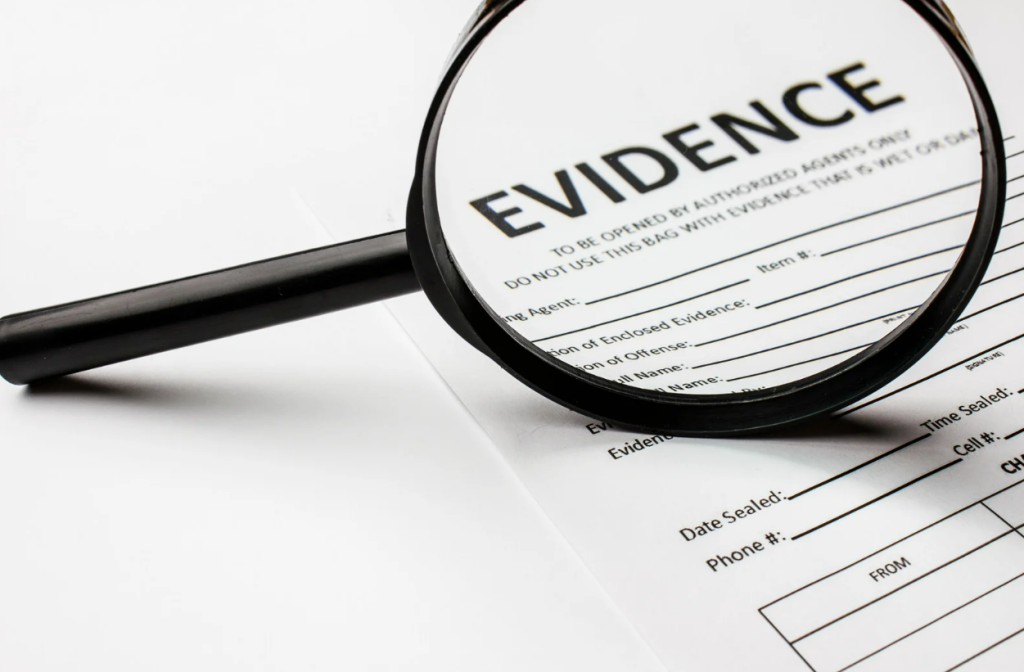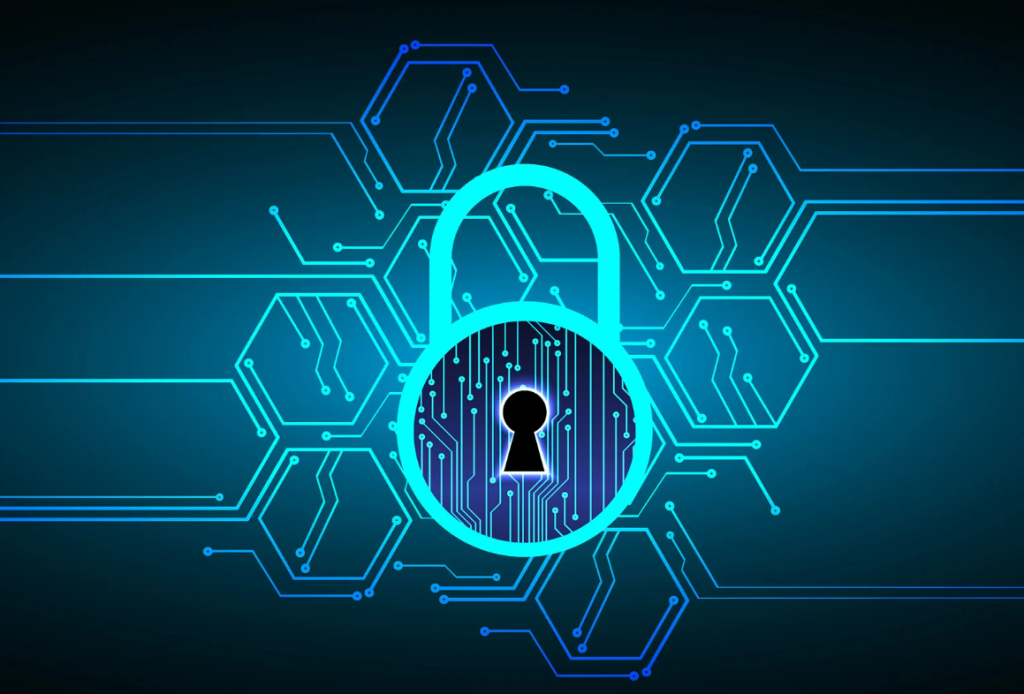The identification and management of security breaches in organizations depend heavily on cyber investigations conducted by employers. Digital evidence management and security stands as the most vital aspect when performing cyber investigations. How do you manage and secure digital evidence efficiently?
Table of Contents
Digital evidence needs proper care with exact handling methods to reveal factual information while stopping any tampering attempts and sustaining the integrity of investigative procedures.
Employers need to perform certain steps to establish proper protection of evidence and documentation processes along with analysis procedures. This article investigates the vital role of digital evidence protection while presenting practices that enable proper management during cyber investigations.

Importance of Securing Digital Evidence
Digital evidence needs pristine integrity to make a successful outcome possible in investigations that involve cyber crimes. Any evidence compromise has the potential to produce false findings that result in escaped accountability for wrongdoers.
Failure to handle digital evidence correctly by employers exposes their evidence to court rejection as legal authorities deem it unreliable. The organization needs secure digital evidence storage in situations that require evidence presentation to authorities or litigation-related needs. The process of safeguarding digital evidence immediately after collection establishes its original form and its legitimating status.
Digital evidence protection requires active measures to preserve the data from intentional modification as well as accidental deletion. Employers must establish strict protocols that prevent cybercriminals from deleting their evidence trails because cyberattackers regularly try to conceal their operational activities.
Digital evidence consisting of logs together with files and emails should be frozen in their authentic state before any investigation begins. The preservation of evidence relies on developers executing bite-for-bite hard drive clones and system image captures to prevent investigators from altering evidence during analysis.
The requirement to safeguard evidence integrity must be followed in every investigation of external dangers or internal employee misconduct that affects the company.

Documenting the Chain of Custody
Digital evidence relies on a proper chain of custody system to prove both its validity and legal admissibility in cyber investigations. A detailed documentation system follows the evidence throughout its handling period starting from collection until the analysis stage.
A full record must be made whenever evidence passes from one person to another which includes exact timestamp, date, and full name of both the transferring individual and the receiver.
Proof of evidence integrity is established by documentation which demonstrates unaltered status throughout the investigative period. Guarding evidence integrity remains a mission of the chain of custody process yet at the same time it delivers security to all investigating entities.
The chain of custody documents serve to support legal challenges by presenting evidence that these investigations complied with proper standards of excellence and avoided any potential tampering.
Employers need to establish strong digital evidence tracking protocols which combine special software with logging systems for documenting every evidence interaction. Diligence investigation Canada is an example of the rigorous standards required in handling digital evidence to ensure it stands up to scrutiny.
Best Practices for Storing Digital Evidence
After digital evidence collection it needs proper secure storage installation to halt unauthorized alterations or access to it. Safe controlled storage facilities are necessary to store evidence so regular monitoring becomes possible.
Digital evidence safeguard can be achieved through secure storage areas or by utilizing encryption technology for digital storage that protects against cyber threats. Storage of physical evidence like hard drives and USB drives must be done in secured containers with authorized personnel having sole access rights.
Employers who need to store digital evidence should utilize file encryption along with high-security cloud services which provide strong protection for their data.
The availability of evidence for examination becomes essential during proper storage procedures. The implementation of security protocols should maintain direct investigator access to evidence for analysis despite their importance.
Employers should utilize advanced forensic tools which enable investigators to access evidence securely without causing damage or modification to the evidence. Employers who maintain secure access to digital evidence can achieve both protection of evidence integrity and effective investigation results during their processes.
Creating a Detailed Evidence Handling Protocol
Employee evidence handling protocols create the foundational base for protecting digital evidence security due to their critical importance. The established protocol must specify every stage of evidence management starting from collection through analysis until disposal while maintaining evidence integrity throughout.
A well-written protocol contains specific instructions about using write-blockers which protect digital evidence from modifications on hard drive storage devices. The protocol explains secure storage methods alongside documentation of evidence handling integrity and maintains legal-compliant evidence management procedures.
Few organizations should conduct training programs directed at employees to verify their ability to execute protocols effectively for maintaining evidence integrity. The evidence handling protocol must undergo ongoing updates which include technological advancements alongside revisions of legal standards.
The implementation of a protocol that dynamically adapts to evolving best practices will enable the identification of evidence-handling vulnerabilities together with their proper resolution.
Organizations which create thorough evidence handling guidelines and follow effective communication protocols lower their risk of badly handling crucial digital evidence throughout investigations.

Involving Legal and Technical Experts
Another essential aspect of managing digital evidence is involving both legal and technical experts in the investigation process. Legal experts can provide guidance on the legal implications of collecting and using digital evidence, while technical experts, such as forensic investigators, can offer the specialized knowledge needed to handle complex data.
It is essential for employers to ensure that both sets of expertise are incorporated into the investigation to ensure that all legal and technical aspects are addressed appropriately. This collaborative approach helps prevent missteps that could jeopardize the investigation or the admissibility of the evidence.
Employers who invite legal and technical professionals during the initial stages minimize errors and guarantee their investigation meets all legal requirements. The experts can assist with critical choices regarding evidence preservation practices while implementing data collection approaches and choosing forensic instruments.
Their involvement ensures both the proper analysis of evidence alongside lawful and technically proper findings presentation. By working together the employer establishes both a successful conclusion in their cyber investigation and shows dedication to conducting a complete and trustworthy investigation.


